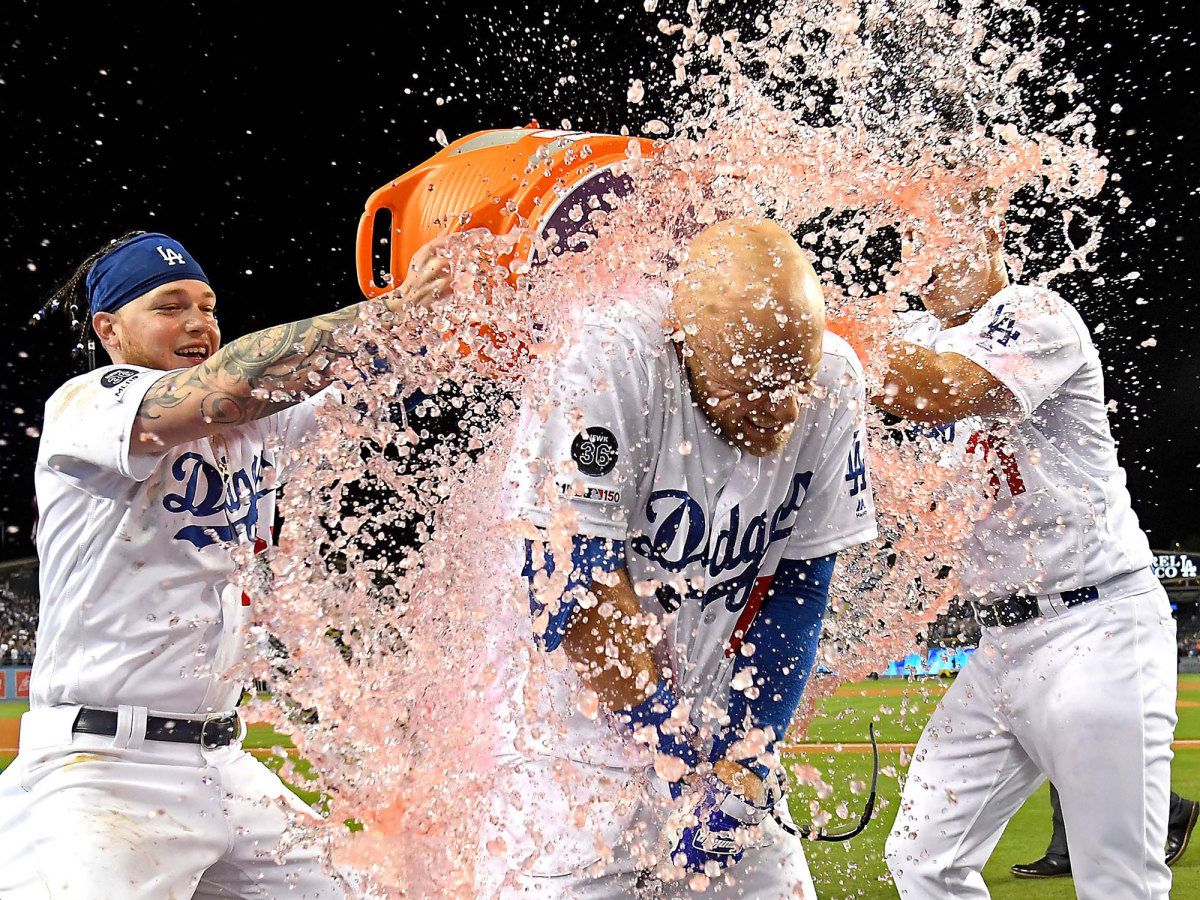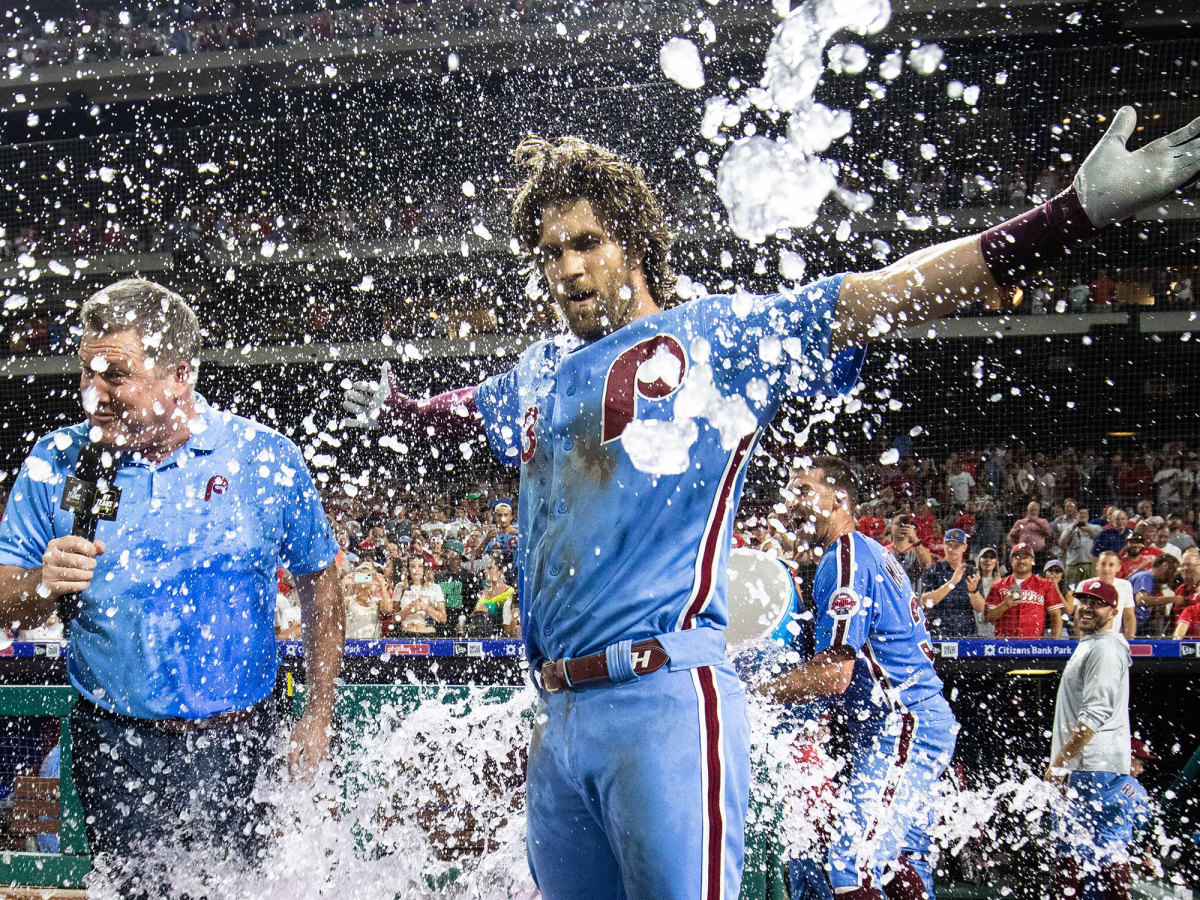Home Run Derby, Anyone? Eight Ideas to Shorten Extra Innings
The start of spring without baseball has left many of us with ample time to obsess over the game we don’t have. While we devote our attention to watching classic games, reading great baseball books and rewatching favorite films, getting our baseball fix also involves pondering the state of our game.
Revamping extra innings is among the structural changes the league is considering to improve pace of play. Some ideas, like beginning the inning with a runner on second base, have already been implemented at certain levels of baseball. Others, like Justin Turner proposing a home run derby to decide games in extras, are much more drastic.
Below is a list of eight possible changes–tiered by their invasiveness–baseball can make to its extra-innings format to avoid six-hour games and ensure a more exciting product. It's worth acknowledging every idea is slanted to encourage offense so games end sooner. Apologies to all the pitchers in the baseball universe.
While I am still partial to the status quo, some of these extra-innings suggestions do sound fun.
O.K., I'll Listen
1. Batters Start With 2-1 Count
This one is pretty self-explanatory and gives an edge to the offense. Batters begin their plate appearance in a "hitter's count," forcing pitchers immediately in the strike zone. This idea also speeds up at-bats, meaning each extra inning should theoretically be quicker.
2. Foul Balls Don’t Count as Strikes
In addition to creating more offense and speeding up extra innings, this change also has the added benefit of creating more action. Batters should be more likely to swing at close pitches, with the intention of at least making contact, because if they hit it foul, even with less than two strikes, it won’t count against them.
The immediate benefit of this idea is more balls in play. No foul-ball strikes means hitters are much more likely to remain ahead in the count, pitchers will live in the strike zone more and batters have more opportunities to do some run-scoring damage.

Let's Get Weird
3. Innings Start With Runner on Second Base
This rule has been in effect throughout the minor leagues for two seasons now, and it's led to at least one frustrating sequence resulting in a loss. The second game of a doubleheader between the Tampa Tarpons (Yankees) and Clearwater Threshers (Phillies) went into extra innings, and the Threshers won in the eighth inning—minor-league doubleheaders are seven innings each—despite the Tarpons allowing no hits or walks. The Threshers started the inning with a runner on second base. He then advanced to third on an error and scored on a fielder’s choice.
But blaming such a loss on this extra-innings rule misses the mark. Instead, anger should probably be directed at the losing team that couldn’t provide its pitcher with enough runs to beat a team that didn’t record a hit. That seems like a much bigger problem.
4. Innings Start With Bases Loaded and One Out
Want to raise the stakes even higher? Let’s start each half inning with the bases loaded and one out. To score a run, all the offense has to do is hit a fly ball deep enough to score the runner on third. He can also get a hit or bring home a run via a walk or getting hit by the pitch. Simple enough, right?
Well, maybe not with a fresh relief pitcher dealing triple-digit fastballs and nasty sliders. Also, the double play is very much a factor here. Pressure’s on.
5. Progressive Runners on Base Model
This one is my personal favorite in this tier because it combines both of the above rules. Here, the runners on base to start each half-inning will be determined by how many extra innings have been played. The starting situations for each half-inning would be:
• Innings 10 and 11: Runner on first
• Innings 12 and 13: Runners on first and second
• Inning 14 and beyond: Bases loaded and one out
Under this rule, at least in theory, it will become progressively easier to score the longer the game lasts.

Hold My Beer
6. Home Run Derby
Call this the Justin Turner proposal. It’s the baseball equivalent to a shootout. There would be one extra inning, and if neither team has the lead after the 10th, the two teams go to a home run derby.
“You take each team’s three best hitters and you give them all five outs and see who hits the most homers,” Turner said in an interview with Spectrum SportsNet last week.
Maybe he’s onto something here, though I would rather have a pitcher trying to get the hitter out instead of just laying meatballs in there with the intention of the batter hitting home runs.
7. The Satchel Paige
Legend has it that when Satchel Paige pitched he would tell his teammates to leave the field because he wouldn’t need them to get the batter out. Such flamboyance would never fly in today’s game, but it sure seemed entertaining. So let’s change that.
If the game is tied after 10 innings, each team will lose a defensive player in each subsequent inning. The player taken off the field will still bat when it is his turn, but he will not play the field for the remainder of the game.
The fielder attrition continues until all that remains are four defensive players: one pitcher, one catcher and two general fielders. Games likely wouldn't last long enough to see this doomsday play out. But Wee Willie Keeler would love it.
8. Three for the Show
There is no more exciting play in baseball than the triple, so why not create more of an incentive for players to try for three in extra innings? In this rule, the triple counts as one run in extra innings. (FYI: Players hit eight times as many home runs as triples last year. It's much harder to leg out a three-bagger than rip a ball over the fence.)
Think of the thrill here! The Cubs are down by a run in the bottom of the 13th, there are two outs and Javy Báez rips a ball into the right-center field gap. He’s got an easy double and will be in scoring position for the next hitter, but with two outs and the game on the line, might it be worth the risk to try for third? Here’s the throw and the play at the base. He is…..
